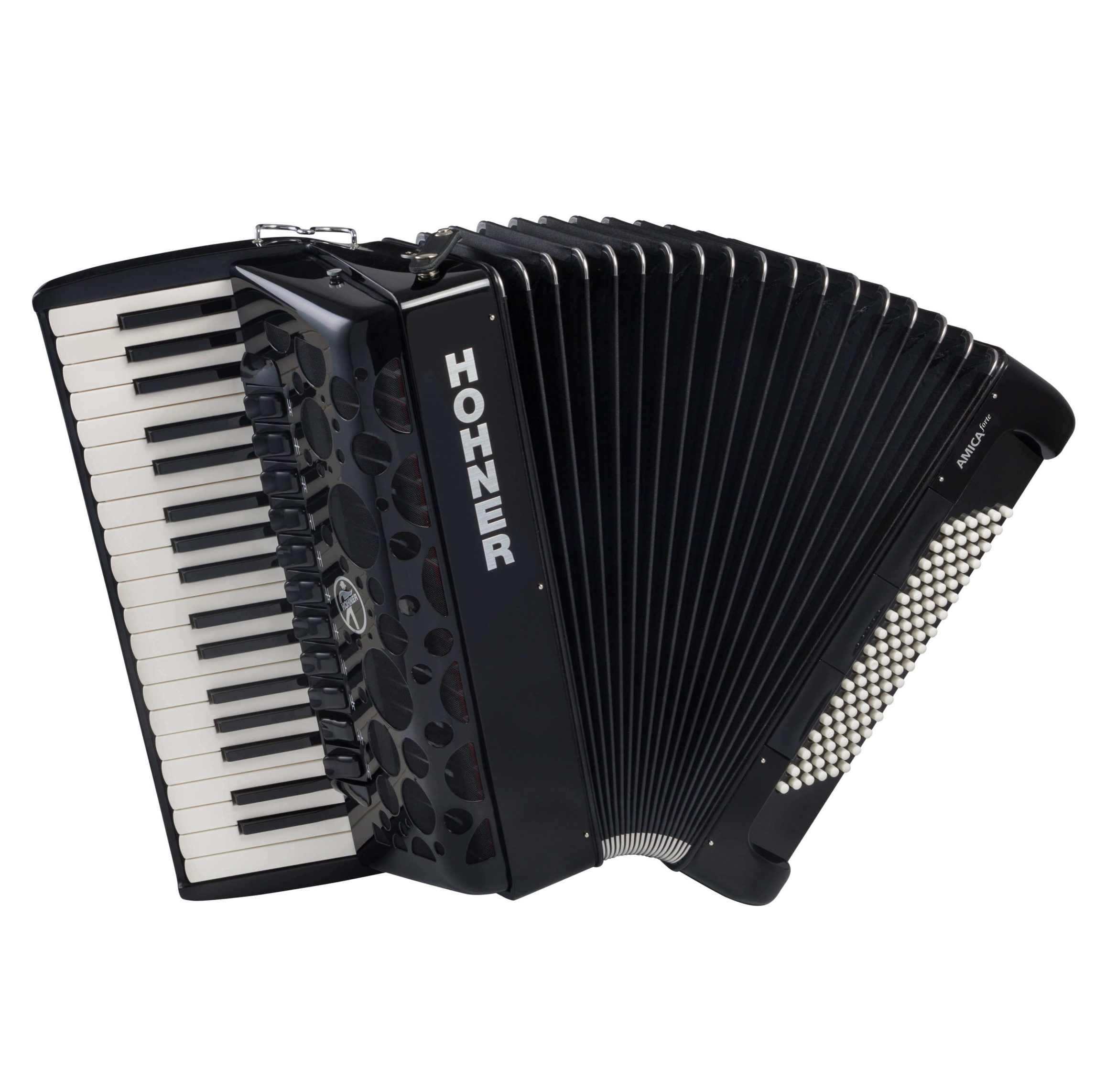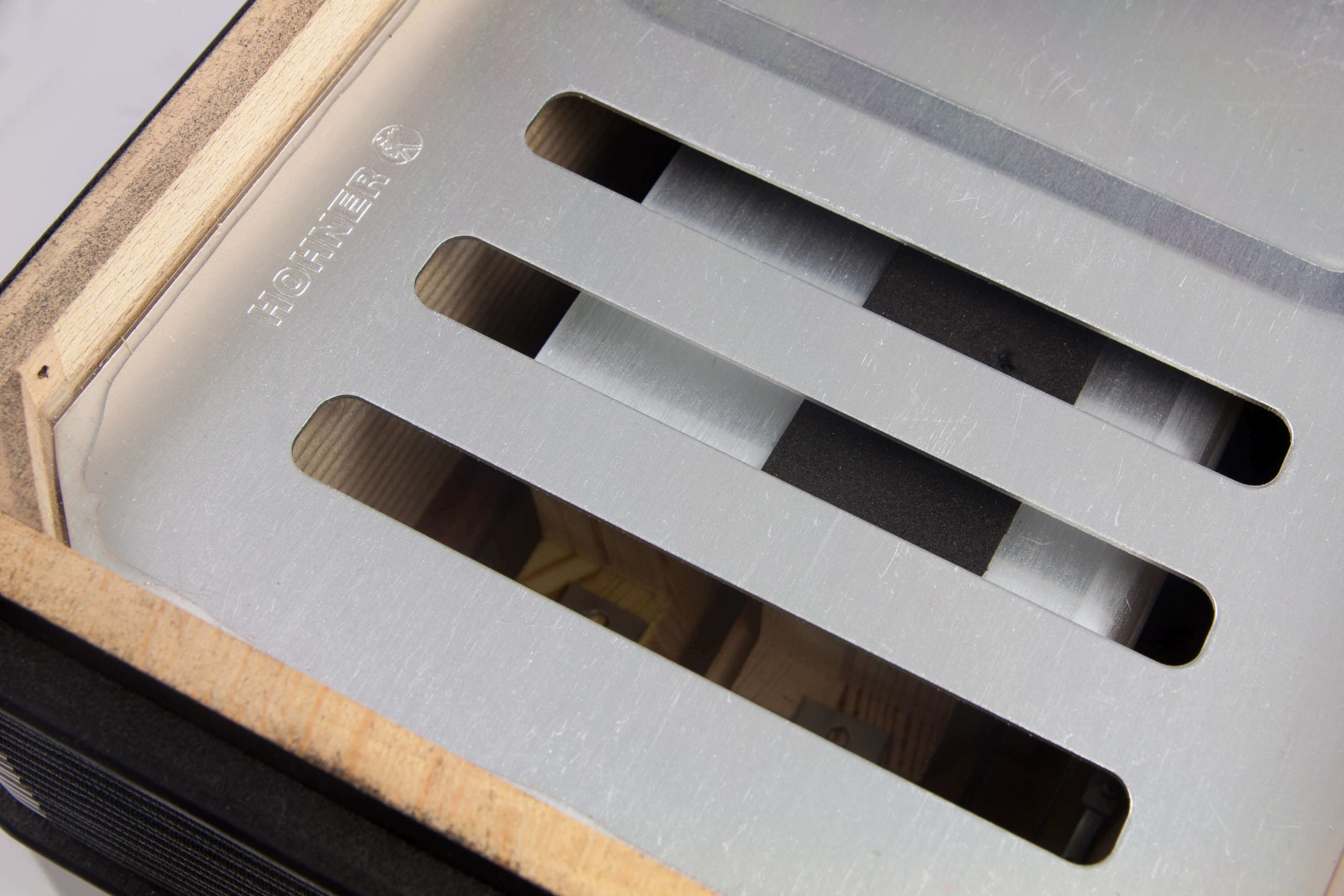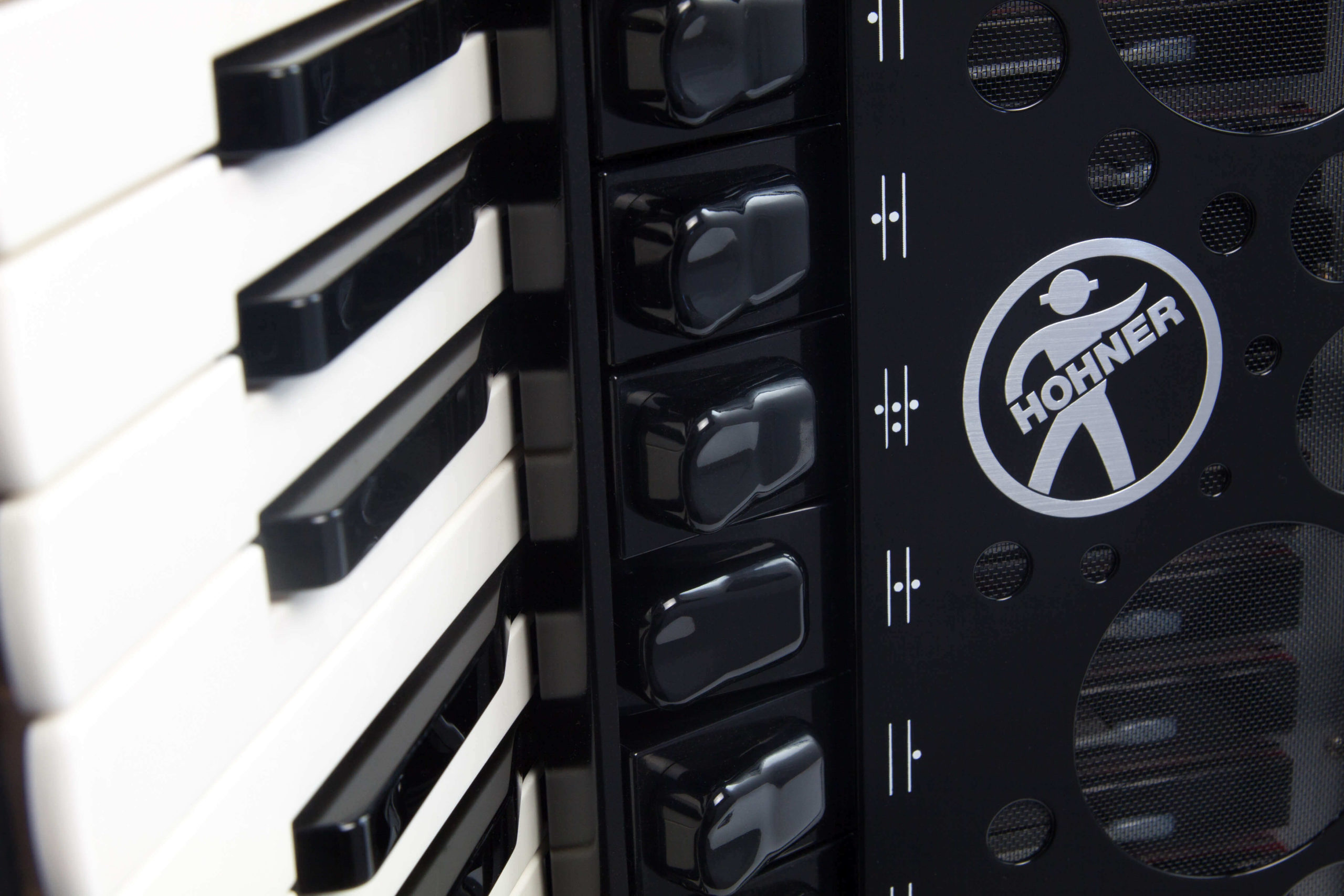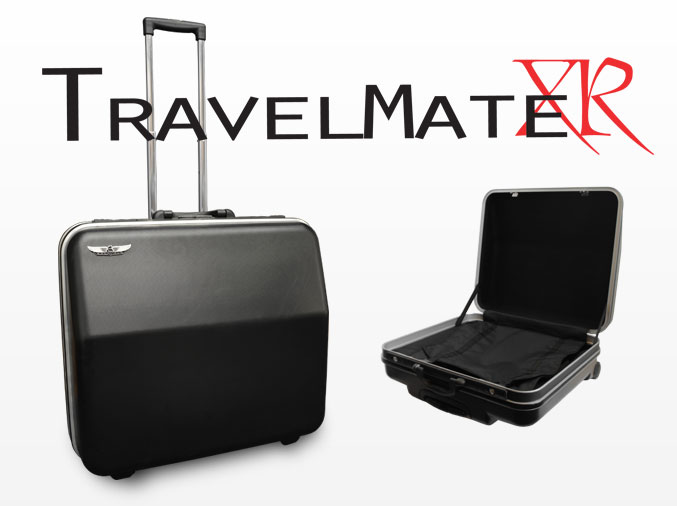Shipping Quote
Product Inquiry
Make an Offer
Trade & Save
Financing Quote
Home / Shop / New Instruments / Accordions / Piano Accordions
Hohner Amica IV 96 Jet Black
- Description
- Specifications
- Customer Reviews (1)
THE TRUE ALL-ROUNDER
Accordions can be heard in a variety of genres. From folk to classical music, from seamen’s choir to punk band – the possibilities are endless. With the ‘small’ Amica IV 96, you can easily explore all these genres. It’s the perfect instrument for solos, accompaniments, orchestras, or the big stage. In other words: the perfect companion to any and all musical endeavors.
FEATURES
Optimized reeds
An optimized reed construction in highs and lows of all choirs guarantee high dynamics and perfect articulation
OptiSound technology
The newly designed deflector plates add to the dynamic range
SilentKey
Reworked keyboard mounting with shorter key travel makes keyboard almost completely silent
Piano Keys: 37
Number of notes: 37, F – F
Class: chromatic
Voices: 4
Number of registers: 5
Tone colors: 11
Standard basses: 96
Standard bass voices: 4
Standard bass registers: 3
Size: 44 x 18.5 cm / 17.3†x 7.3â€Â
Weight: 9.1 kg
Color: black
Reed plate quality: standard
Straps: Straps
Case: Gigbag
1 Reviews for Hohner Amica IV 96 Jet Black
-
Plusses are size and weight; minuses are thin sound and mediocre build quality - Tuesday, June 21, 2016 AnonymousI am a sort-of “early-intermediate” level player (not nearly as proficient as other advanced-intermediate players I know). I learned on a 60-year old Excelsior Accordiana, and I currently play a 40-year old, 28-pound, full-sized,4/5 Paolo Sorani. Given the size and weight of the Paolo Soprani, I have difficulty playing for longer periods, and am not able to stand while playing very long or very comfortably. For these reasons, I recently began looking for a smaller, lighter, accordion.
I tried the 96-bass, 4/4 Amica IV for a week in my home. At 20 pounds and 17 ½ inches (2 inches shorter than my Paolo) the Amica definitely met my requirements for reducing size and weight. It is ideal in that respect, really a very nice-handling accordion. Its balance seemed fine to me as well (which is a point worth making because I have heard that some players consider the 120-bass Amica to be poorly balanced). The Amica’s bellows are tight, the keyboard action is good, and it is able to produce an adequate volume level. In the midrange, it has a very nice, bright sound. The Master stop is capable and has decent tone. But the bass response is poor. The entire bass (left hand) section sounds anemic and tinny, more like mid-bass than genuine bass. It does not provide a satisfying bottom-end by any standard. In the right hand, the bassoon (low octave) reeds are equally week an insubstantial, making the “organ” register (usually one of my favorites) far too bright, and the “bandoneon” stop with little of the characteristic warmth it should have. The “violin” (tremolo/musette) register is not satisfying either; I’m not sure whether it is just too dry for my taste (surprising for a Hohner) or whether the reeds are so thin-sounding that the tremolo just has no body to it. Physically, the register switches themselves (both on the treble side, as well as the bass side) seem very delicate (even flimsy) and they do not provide sufficient tactile feedback to give the player confidence that the register change has taken effect. Obviously, this is meant to be a lightweight instrument, so it should not be expected that the controls will not be heavy-duty. Still, the overall impression I have is that the controls on the Amica are of poor build quality, and I suspect they may not be very durable. That, in combination with the poor bass and bassoon reeds, and the indistinct tremolo, motivated me to pass on the Amica and stick with my old Paolo Soprani for now.
I think that for an entry-level or intermediate player the Amica may be ideal. But if you, like me, have had the benefit of enjoying the sound quality of a really good Italian or German accordion, the Amica will definitely not be a satisfying instrument.
Add a review for Hohner Amica IV 96 Jet Black







